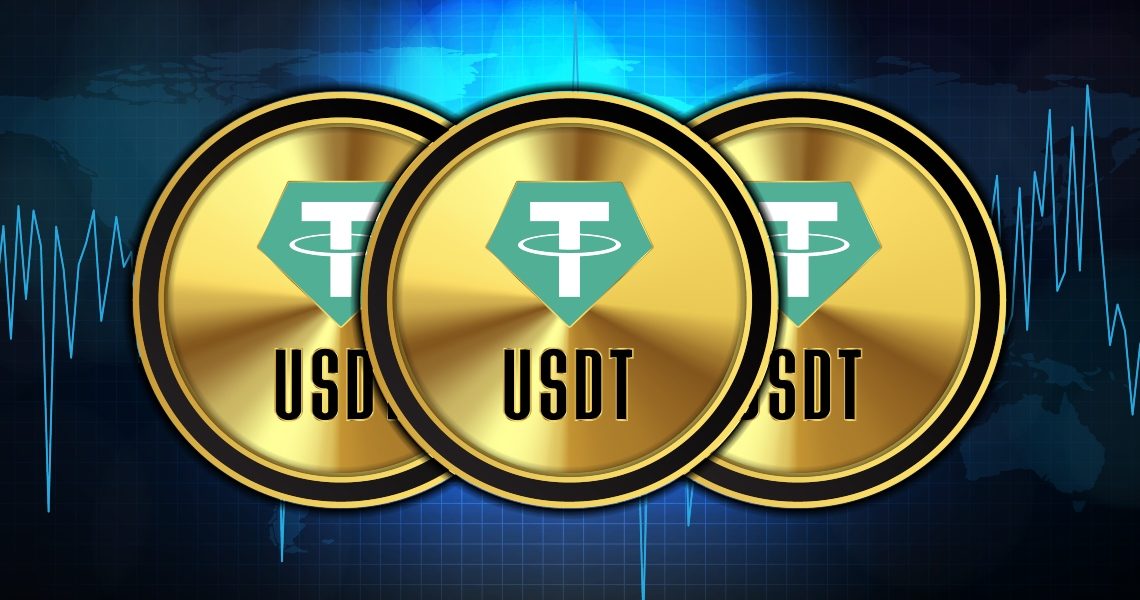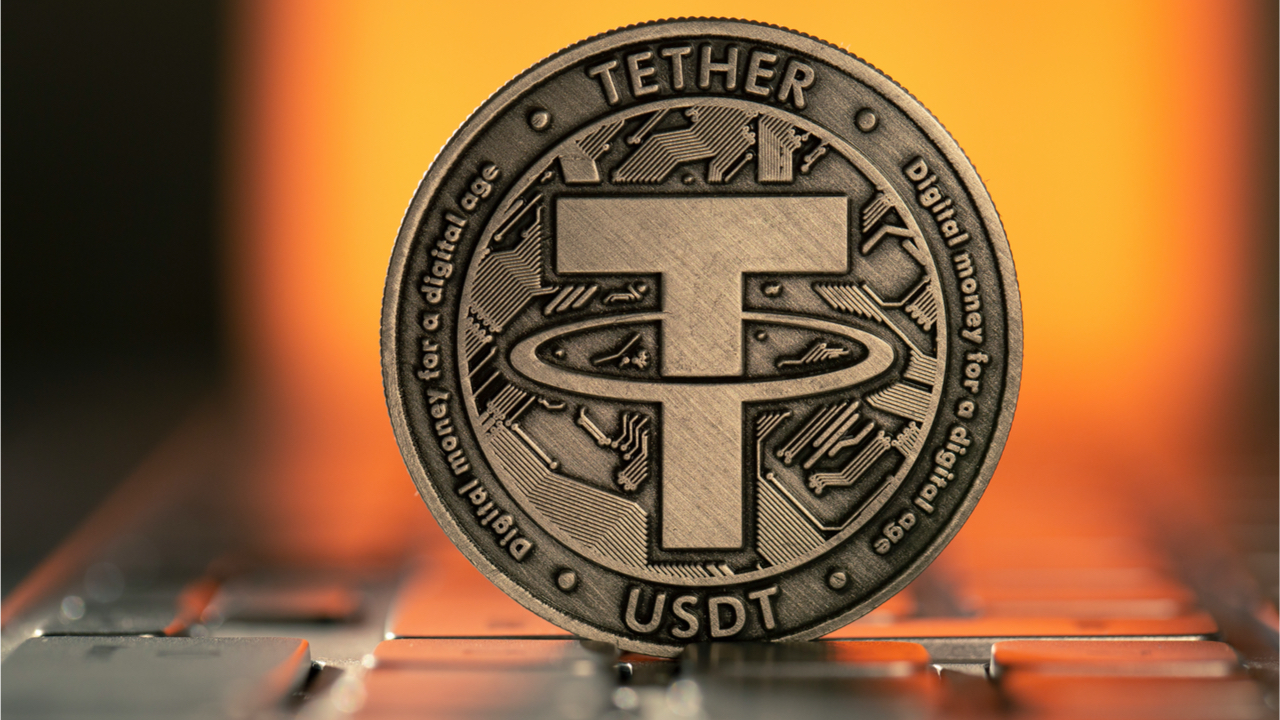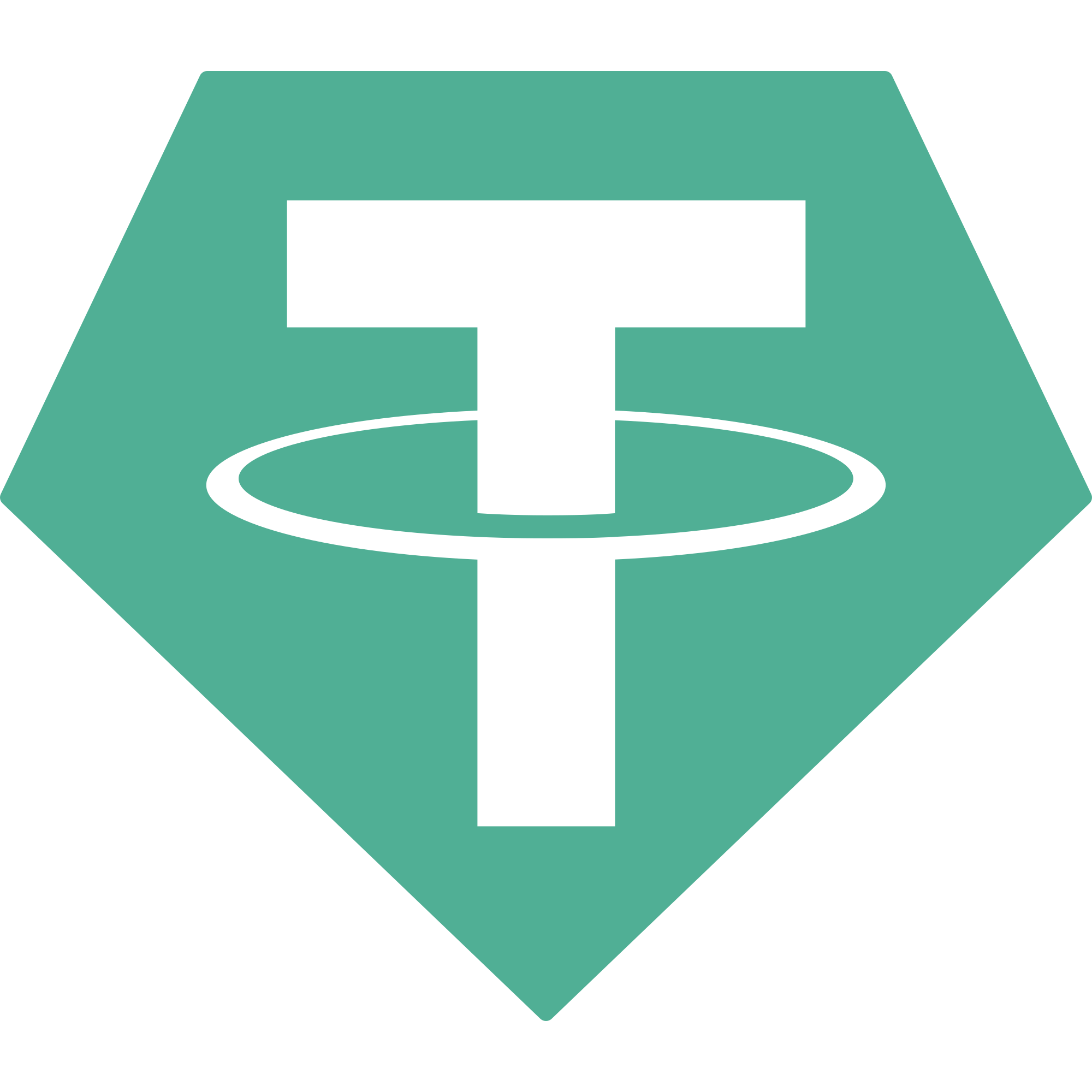
Curious Case of Premium in USDT Price in India
USDT Arbitrage means buying USDT overseas in cheap price and selling at premium in India but why premium exists on USDT Price in India?
Table of Contents
What is USDT?

The value of USDT (Tether) is tied to the value of the US dollar, so it should theoretically be equivalent to the US dollar in all markets. However, due to market demand, supply, and other factors, the value of USDT may fluctuate slightly (1 to 2 percent) in different markets.
Premium in USDT Price in India

Crypto trading
USDT is widely used as a stablecoin in the cryptocurrency world as it provides a stable value compared to other cryptocurrencies. India has a growing crypto trading market, and USDT is one of the most popular stablecoins used by Indian traders.
Restrictions on INR deposits
Restrictions on purchase of US Dollars
Due to FEMA and RBI regulations, numerous cryptocurrency traders face obstacles when attempting to acquire US Dollars or USDT at an equivalent value from international markets. It is likely that you are familiar with the limitations imposed by the RBI on outward remittances for the purpose of purchasing cryptocurrencies. While a small number of savvy traders are capable of navigating the intricate regulatory processes, the majority of individuals lack the necessary understanding and willingness to do so.
Volatility of INR
The Indian Rupee has been volatile against the US dollar in recent years. Therefore, many Indian traders prefer to use USDT as a stable store of value to avoid currency fluctuations. Though the experiences with Terra Luna and USDC tell another story
Remittances
USDT can be used for fast and low-cost cross-border payments. Many Indian expats use USDT to send money back to their families in India as it is faster and cheaper than traditional remittance services.
Conclusion
These are some of the main reasons why the demand for USDT is higher in India. However, it's important to note that the demand for USDT can also be influenced by various other factors, such as regulatory changes, market sentiment, and global economic conditions.
A Primer on Stablecoins
Stablecoins are cryptocurrencies that attempt to peg their market value to an external variable, like fiat currency, such as the U.S. dollar, or a commodity price, such as gold. They offer price stability by collateralisation (backing) or algorithmic buying and selling of the underlying asset or derivatives. Stablecoins strive to offer their users a combination of advantages from both worlds. They facilitate fast processing, security, and privacy similar to cryptocurrencies such as Bitcoin and Ethereum during transactions. Additionally, stablecoins ensure stable prices and mitigate the volatility commonly associated with cryptocurrencies.
Types of Stablecoins
Stablecoins are divided into four groups depending on their respective functioning methods.
Fiat-Collateralised Stablecoins
Stablecoins that are fiat-collateralised keep a fiat currency reserve, such as the US dollar, as collateral for issuing an acceptable number of cryptocurrency coins.
Some examples of fiat collateralized stablecoins are USD Tether, USDC Coin, etc.
Commodity Collateralised Stablecoins
Some other collateral sources include precious metals such as gold and silver, as well as commodities such as oil.
GSX is a gold backed stablecoin. Tether Gold and Paxos Gold are another commodity backed stablecoins.
Crypto-Collateralised Stablecoins
Stablecoins that are crypto-collateralised are backed by other cryptocurrencies. Because the reserve cryptocurrency may be volatile as well, such stablecoins are over-collateralised, which means that a larger number of cryptocurrency tokens are retained as a reserve for the release of a smaller number of stablecoins.
Non-Collateralised (Algorithmic) Stablecoins
The price of non-collateralised stablecoins is maintained using a method similar to that of a central bank, but without the use of reserves. For instance, the dollar-pegged basecoin uses a consensus mechanism to increase or decrease token supply in response to demand.
Such actions are comparable to a central bank printing banknotes to maintain the value of a fiat currency. This can be accomplished by launching an autonomously operating smart contract on a decentralised network.
DISCLAIMER

Comments